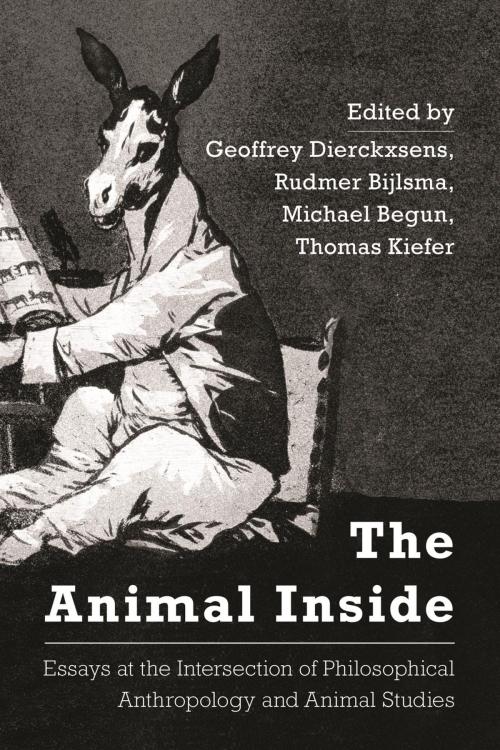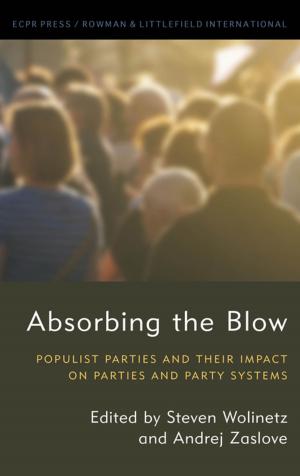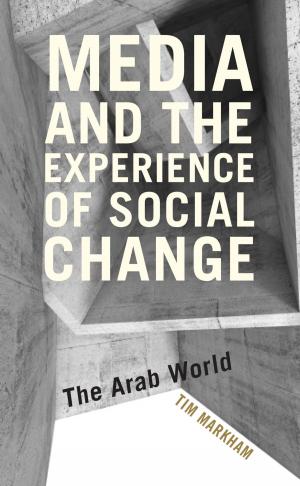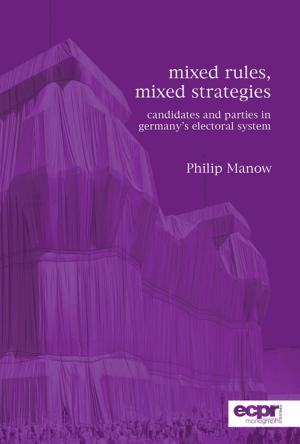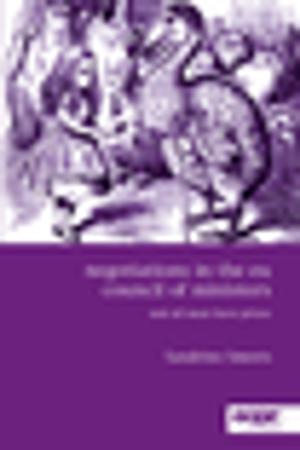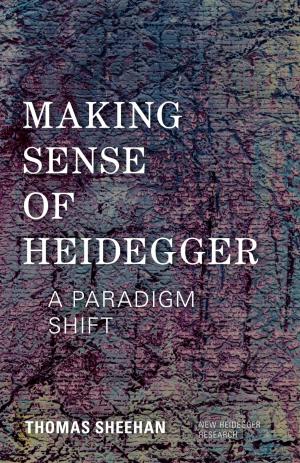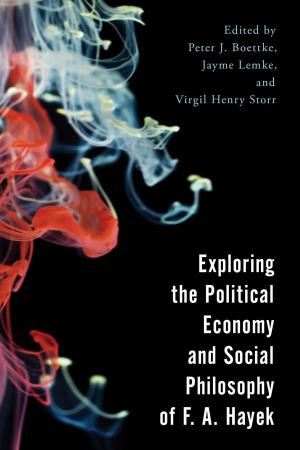The Animal Inside
Essays at the Intersection of Philosophical Anthropology and Animal Studies
Nonfiction, Religion & Spirituality, Philosophy, Ethics & Moral Philosophy, Social & Cultural Studies, Social Science, Anthropology| Author: | ISBN: | 9781783488223 | |
| Publisher: | Rowman & Littlefield International | Publication: | December 7, 2016 |
| Imprint: | Rowman & Littlefield International | Language: | English |
| Author: | |
| ISBN: | 9781783488223 |
| Publisher: | Rowman & Littlefield International |
| Publication: | December 7, 2016 |
| Imprint: | Rowman & Littlefield International |
| Language: | English |
Much has been written about animals in applied ethics, environmental ethics, and animal rights. This book takes a new turn, offering an examination of the 'animal question' from a more fundamental, philosophical-anthropological perspective. The contributors in this important volume focus on how the animal has appeared and can be used in philosophical argumentation as a metaphor or reference point that helps us understand what is distinctively human and what is not. A recurring theme in the essays is the existence of a zone of ambiguity between animals and humans, which puts into question comfortable assumptions about the uniqueness and superiority of human nature.
While the chapters straddle the boundaries of historical-philosophical and systematic, continental and analytic approaches, their thematic unity knits them together, presenting a rich, broad, and yet cohesive perspective. The first part of the book offers general explorations of the relation between animal and human nature, and of the concomitant existential and ethical dimensions of this relationship. The chapters in the second part address the same theme, but, in so doing, focus on specific aspects of animal and human nature: imagination, politics, history, sense, finitude, and science
Much has been written about animals in applied ethics, environmental ethics, and animal rights. This book takes a new turn, offering an examination of the 'animal question' from a more fundamental, philosophical-anthropological perspective. The contributors in this important volume focus on how the animal has appeared and can be used in philosophical argumentation as a metaphor or reference point that helps us understand what is distinctively human and what is not. A recurring theme in the essays is the existence of a zone of ambiguity between animals and humans, which puts into question comfortable assumptions about the uniqueness and superiority of human nature.
While the chapters straddle the boundaries of historical-philosophical and systematic, continental and analytic approaches, their thematic unity knits them together, presenting a rich, broad, and yet cohesive perspective. The first part of the book offers general explorations of the relation between animal and human nature, and of the concomitant existential and ethical dimensions of this relationship. The chapters in the second part address the same theme, but, in so doing, focus on specific aspects of animal and human nature: imagination, politics, history, sense, finitude, and science
